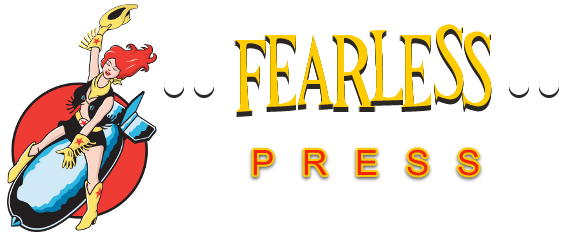by Katie Diamond
I see things in circles. No, really. I turned to L, my partner of four years, and made this proclamation in the car. He began to giggle, and then nodded emphatically, “Yes, yes, you do.”
We had been discussing the various ways people “do” polyamory. There seems, to me, to be two camps: those who structure their relationships hierarchically (primary, secondary, tertiary, etc.) and those who choose to have one “main” partner and a series of smaller relationships of lesser importance.
When I first began my foray into polyamory, I didn’t even call it polyamory. I called it “non-monogamy,” in an effort to really dissect and disassemble the ways people engage in “traditional relationships.” It was a political move and mindset for me; a shift towards what felt more natural for my own life—a fusion of my political sense of relationships and my personal preferences.
Upon starting my relationship with L, the language around relationships shifted for me. “Non-monogamy” soon felt like too much of a negative word—and anti-relationships stance—and I began to identify as polyamorous. I want to say this move was a shift in my concept of relationships, but it was, again, more political. I wanted to be building good relationships, rather than smashing traditional ones. I wanted to participate in a community that sees itself, rather than function as an individual with strong opinions on relationships and gender roles.
This shift in personal-political platform was important to my next step in understanding myself—as my relationship with L has grown, so has my own concept of what I want and need in a Relationship with a Capital R. I began to become part of Poly Camp Number 2: I had my main relationship with L, and a series of other connections and interests which were important and significant and beautiful—but would not “measure up” to my connection to L.
However, this set up felt flawed to me. While I’m someone who exists in and appreciates fluidity, I also felt like the lack of quantifiable language on how I “do” my relationships was leaving me with the only language I knew—hierarchical language.
Now, don’t misread me—I respect and understand why some folks go the route of utilizing such language. It allows for comfortable understanding of where one stands with other people. When you’re incorporating multiple people into your life in a radically different way than simply friend-connections, quantifiable language is pretty key to making sure everyone understands each other.
But I have a proposal. A third category, if you will, of how navigating multiple relationships can be discussed and considered.
Now, remember, I think in circles… But have you ever considered how a bulls-eye looks? No, really! Picture a target shape, with a bulls-eye in the center. Picture it. Now, the center of the target is your Capital R Relationship. The person who gets most of your time, energy, and intention. And go out from there… Perhaps you have a Friend with Benefits who hangs around the outer ring, always having the potential of moving closer inwards. Maybe you have a lover you see once a week, and they’re very emotionally important to you—they might be in the ring closest to the bulls-eye; maybe they even span the line between bulls-eye and second ring. Do you see what I’m saying? Can you picture it?
I’m pretty dogmatic about this approach. The more and more it has developed in my consciousness, the more comfortable I feel with how I navigate my relationships and my feelings towards my partners and lovers. This non-hierarchical approach and visual is a really nice way to diminish uncomfortable feelings of competition, take away poor associations with someone being “the best” or “second best,” and allow room for connections to people to grow and change and shift without fear attached to that change.
So, as a test, next time you’re sitting down with a piece of paper, draw out a target shape for yourself… Take a look at the nice circular pattern, and wonder, “What’s my relationship target look like?” You might be surprised what you find—or what you feel.

It seems to me that your bullseye approach is just a different visual representation of a hierarchy. The same issues about who is “closer” or “more important” to you exist, they’re just represented by distance from the bullseye rather than tiers. Not that there’s anything wrong with this concept, I just don’t see it as significantly different from a hierarchy.
Also, I see more than 2 ways to “do” poly than you’ve described. I have a wife and kids who take up more of my time and attention simply by virtue of the fact that we’ve built up a life together over 20 years, but I that doesn’t lessen the importance of my other relationships. I don’t place them in a lower tier or think of them as any less important to me. A diagram of my relationships would resemble an amorphous blob than a hierarchy or a bullseye.
But that’s just me. The beauty of life and polyamory is that we can all find our own path that works for us. :-)